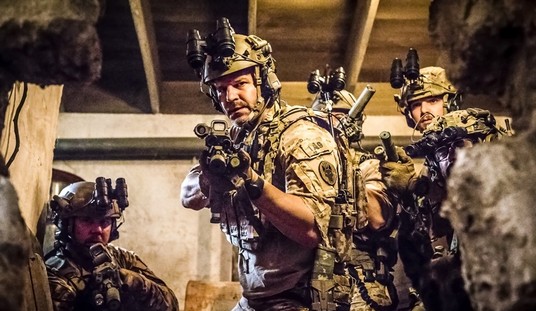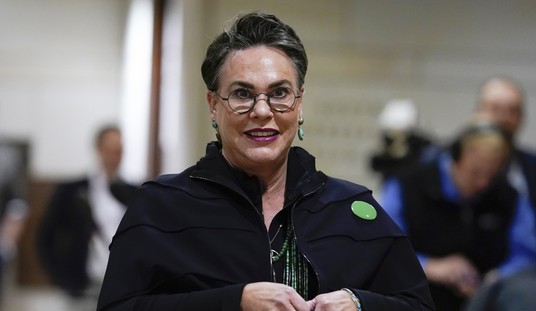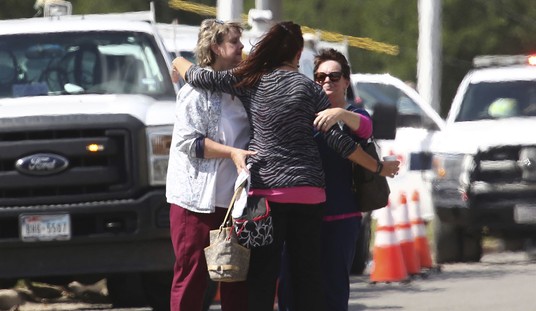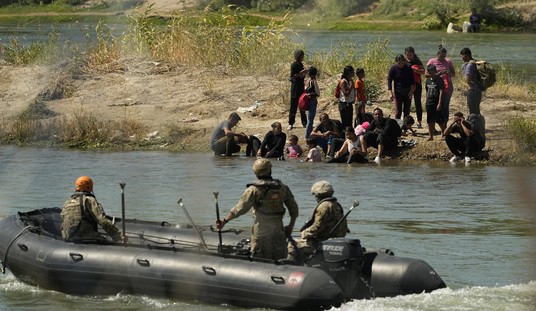You didn’t panic? You don’t believe me? Darn it.
Eighty-four years ago, on Sunday, October 30th, a lot of Americans thought space-invading aliens had landed in New Jersey, and they were frying Americans with death rays.
“The Mercury Theater on the Air” broadcast its first radio play in July 1938. Its lead actor was a tyrant named Orson Welles. He was, by all accounts, an unpleasant man. The first adaptation was “Dracula” – the novel by Bram Stoker. For the company’s first six months, Welles and his cast of Mercury Theater actors reenacted a play or a well-known book. The show played out on Mondays for several weeks and then, moved to Sunday nights at 8 p.m. On Sunday, October 30, 1938, the show’s subject was The War of the Worlds.
Orson Welles was the production lead. He was also producing and acting in a stage play at the same time. For Halloween eve, Welles wanted something completely different from book adaptations like Treasure Island. Mercury’s lead scriptwriter was Howard Koch. Koch was told to turn The War of the Worlds into a “late-breaking news” broadcast. He tried his best but struggled with the story. He found H. G. Wells’ 40-year old book to be dull and silly. He also thought writing a radio play based on the book was a disaster in the making. After struggling with a script for three days, and just five days before the live broadcast, Koch said it was “hopeless.” The co-producer couldn’t reach Welles to tell him they had to find something else, so he lied to the writer and told him Welles was determined they should put on the show about his book. So, the writer slogged on.
The first attempt to act it out was an unmitigated flop. Everyone involved agreed the rehearsal was a disaster. Last-minute frantic changes were made without Welles’s participation. Previous shows had been divided into two acts of 30 minutes, but the changes to the War of the Worlds show made the first act longer by 10 minutes. The first drafts followed the story over several days, but the script-for-broadcast made it a “real-time” narration.
Other clues that it was a fictional story were also removed. This apparently made some casual listeners who tuned in late believe that they were listening to a breaking news program. In retrospect, even a “casual” listener might have wondered how invaders from Mars could conquer Earth in less than 40 minutes.
The actor who played the first “on scene” reporter who witnessed people getting zapped by the death ray did his preparation by listening to the radio broadcast of the Hindenburg crash. He adopted the “Oh! the humanity!”, breathless style horror for his rendition of people getting burned to a crisp by Martian death rays.
Welles blew a gasket at the company’s last rehearsal. He was known for belittling and yelling at cast members, apparently believing that made for a better show. On the afternoon before the live broadcast, he was calling everyone incompetent and lazy. Welles made some changes, including slowing down the opening scene to build on the drama–and leave the fake terror later. It worked.
The cast responded. The horror acted out by the cast members and zapping death rays sounds created scenes of terror that many in the audience bought. In New Jersey, where people were particularly close to or around the area of Grovers Mill, they armed themselves against the invading Martians.
There’s a photo of a New Jersey farmer standing on his farm, armed with his shotgun. But the photo was staged. Stories of people committing suicide and mass hysteria were almost completely made up and sensationalized. The broadcast had fooled some fools – but not a lot more.
Orson Welles held a news conference the day after the broadcast to “apologize” for creating a panic. No one took him at his word. He was acting. Like a dramatic reading of a Shakespearean play, Welles played his audience. Instead of ending his career (as he claimed it would), the radio play “The War of the Worlds” took him from relative notoriety to national fame.
The Halloween eve broadcast fooled only those willing to suspend reality and believe in the unbelievable. It’s a lesson for everyone. Maybe the first story you hear, see, or read (on Twitter) or a frantic news release from, oh, journalists should be taken with a whole shaker of salt.
Maybe, just maybe, we should wait for facts.
Maybe, just maybe, a story like two MAGA hat-wearing, noose-carrying dudes in the middle of a Chicago winter vortex, attacking a black gay actor at 2 a.m. might be too good to be true. Or, maybe a story of a mostly naked, “right-wing” QAnon nut with a hammer invading the Pelosis’ home and screaming “Where is Nancy?” at 2 a.m. might not be completely accurate. Maybe we should wait for the facts–maybe?















Join the conversation as a VIP Member